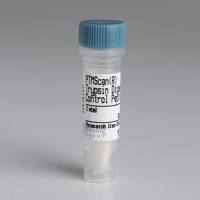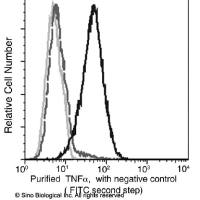Since the first identification of 1-methyl-4-phenyl-1,2,3,6-tetrahydropyridine (MPTP) as a selective neurotoxin for nigrostriatal dopaminergic neurons in 1983, there have been over 2,000 manuscripts published utilizing this compound in mice, attesting to the value of this model. Most of this work is focused on neuroprotection and mechanisms of cell death. While MPTP may not replicate all the features of PD, it provides a key means by which depletion of striatal dopamine can be achieved and by which brain repair mechanism(s) involved in compensation may be studied, including the role of exercise. In this chapter, we have outlined some of the methods utilized in our laboratories to investigate the physiological and molecular correlates of exercise-induced neuroplasticity (brain repair processes) in the MPTP mouse model of PD. Specifically, we have shown that both treadmill and voluntary running wheel can be used to modulate motor and nonmotor-related behaviors. We also demonstrate methods used in our laboratory to examine the effects of experience-dependent neuroplasticity (exercise) on both pre- (dopaminergic/glutamatergic) and post- [striatal medium spiny neurons (MSNs)] pathways. Our studies demonstrate that intensive treadmill exercise can improve motor and nonmotor behaviors through modulation of both glutamatergic and dopaminergic neurotransmission. We have also shown that voluntary running wheel may be used to examine the nonmotor benefits of exercise.






